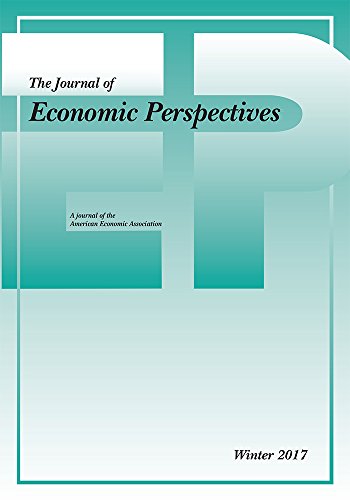
The Role of Entrepreneurship in US Job Creation and Economic Dynamism
An optimal pace of business dynamics—encompassing the processes of entry, exit, expansion, and contraction—would balance the benefits of productivity and economic growth against the costs to firms and workers associated with reallocation of productive resources. It is difficult to prescribe what the optimal pace should be, but evidence accumulating from multiple datasets and methodologies suggests that the rate of business startups and the pace of employment dynamism in the US economy has fallen over recent decades and that this downward trend accelerated after 2000. A critical factor in accounting for the decline in business dynamics is a lower rate of business startups and the related decreasing role of dynamic young businesses in the economy. For example, the share of US employment accounted for by young firms has declined by almost 30 percent over the last 30 years. These trends suggest that incentives for entrepreneurs to start new firms in the United States have diminished over time. We do not identify all the factors underlying these trends in this paper but offer some clues based on the empirical patterns for specific sectors and geographic regions.





